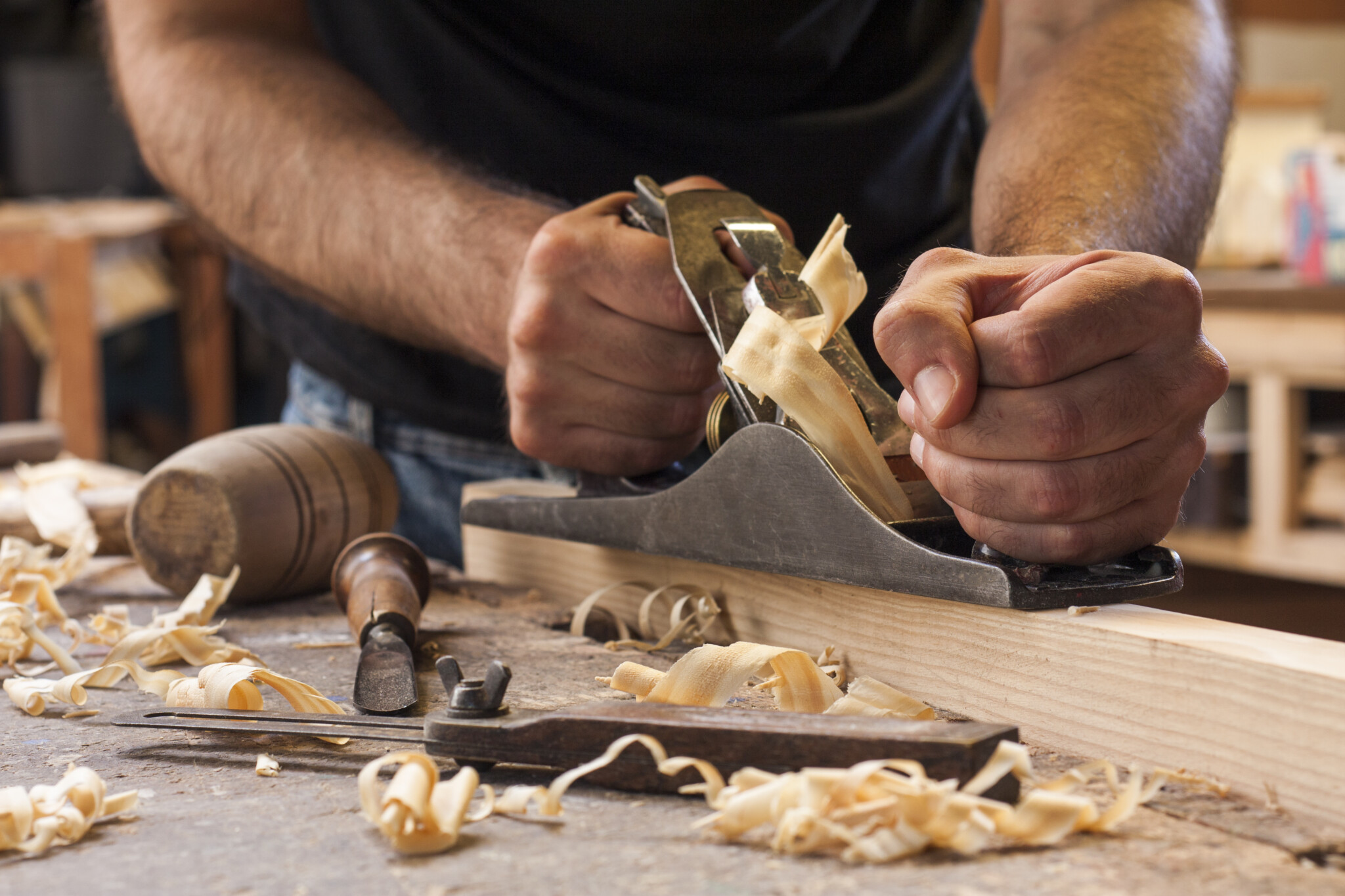I was speaking to a professional spray finisher/carpenter the other day and I mentioned the dovetailing jigs and equipment that we use to produce our boxes and his reply was food for thought! …. yes a brilliant piece of kit, was his reply. He explained that when he was an apprentice carpenter, dovetail joints were something that took a crafts person in the workshop a whole day to produce. So in today’s money that’s a skilled carpenter 8 hours….just to produce box sides, skilled carpenters can charge between £18.00 to £30.00 an hour. That’s approximately between £144 to £240 for the labour of the box sides, before any materials, overheads and profit is added.
By using a combination of modern woodworking equipment and by hand assembling our boxes we significantly cut down on time, making the products much more affordable. Are they still handmade, yes we believe they are… they are definitely handcrafted please take the time to read how the boxes are produced below.
The more traditional woodworkers would probably disagree, however if you are after a fully handmade box with handcut dovetail joints I would look at some other sites such as Ian Hawthorn fine boxes or Peter Lloyd’s finehardwoodboxes, both amazing skilled box makers that I follow online.
Our boxes are however created with love and attention to detail, they have the benefits of beautiful dovetail joints which add character and strength to the product. They have a traditional look and can be used to treasure your most precious items for years to come. Hopefully to pass on to the next generation.
Each box is manufactured using both traditional and modern methods and undergoes the following processes:
- Cut timber to dimensions of the box sides
- Make the dovetail joints
- Hand assemble and glue the box sides, ensuring the box is square and clamp up….glue dry time
- Glue and assemble top and bottom, clamp up
- Dry overnight
- Sand box sides – rough sand
- Cut box lid
- Router out hinges runs
- Final sand of box using a finer 80 grit paper
- Stain box
- First coat of furniture grade lacquer and dry time
- Sand first lacquer coat
- Second coat of lacquer plus drying time
- Third coat of lacquer and dry time 24 hours
- Mark and drill holes for hinges
- Fit hinges
- Make compartments if needed and stain and spray finish these
- Work with customer on design
- Produce invoices and accounting information and delivery paperwork
- Engrave box and hope nothing goes wrong.
- Clean box, insert felt, Package and Post…hope the box arrives safely.


